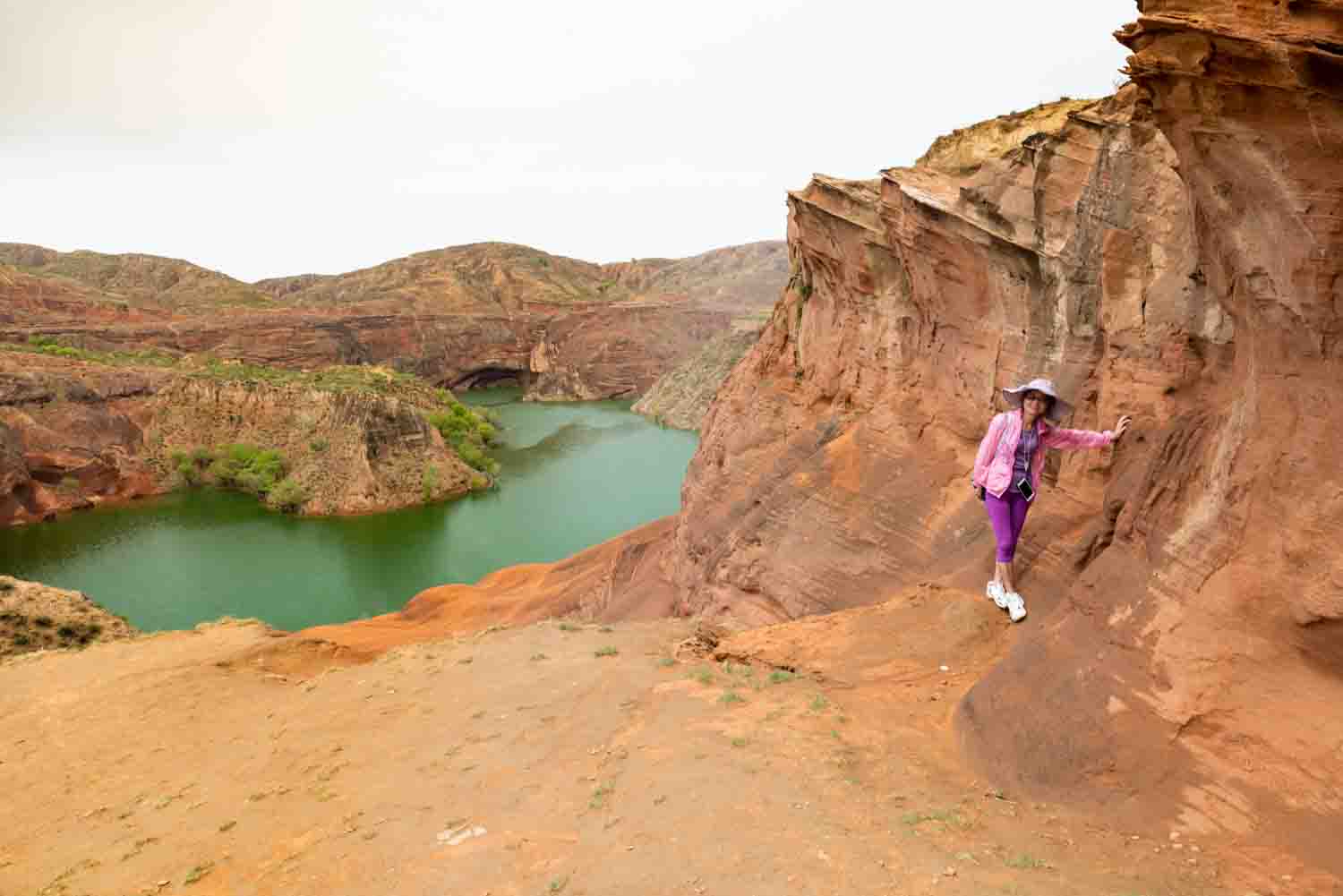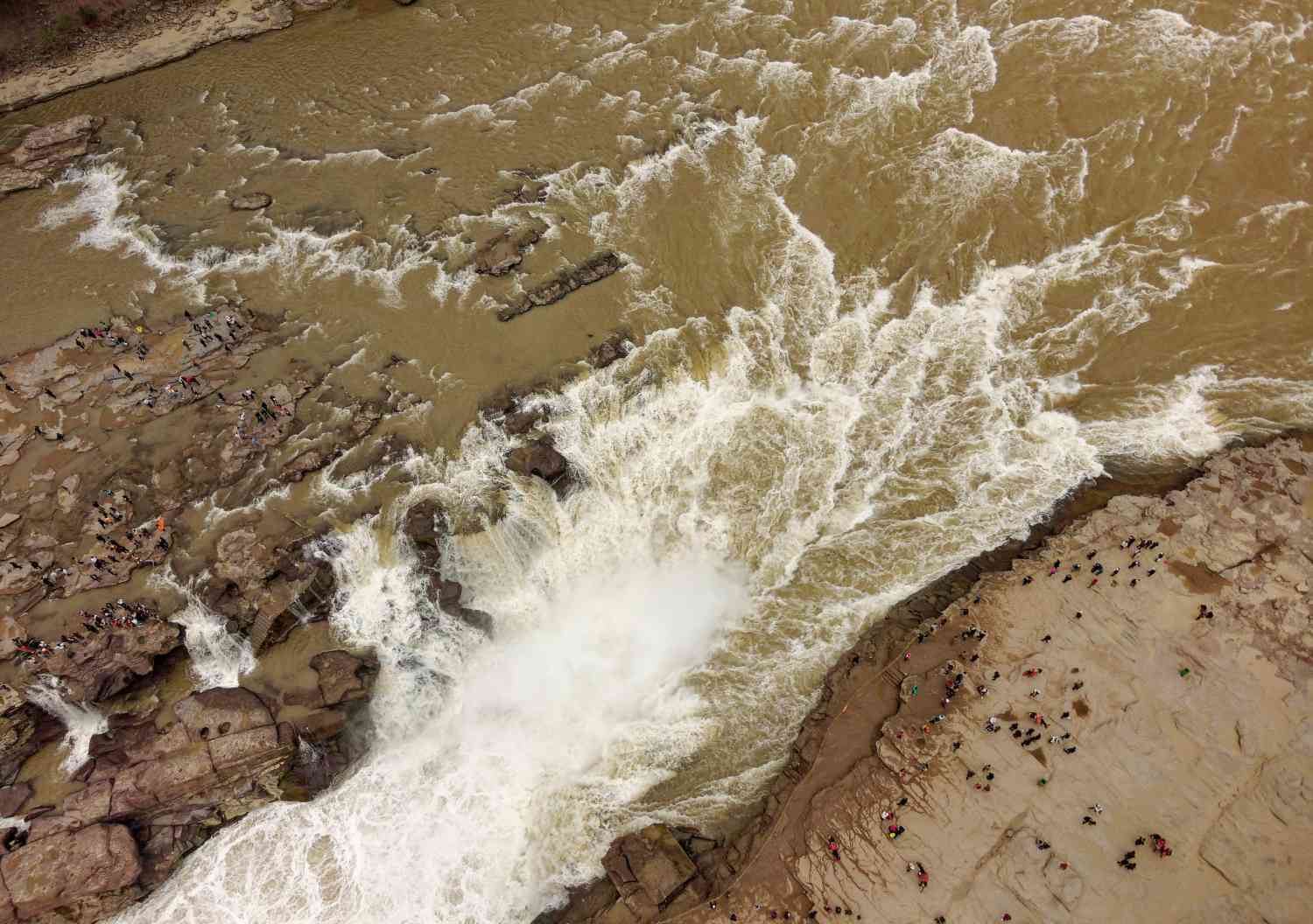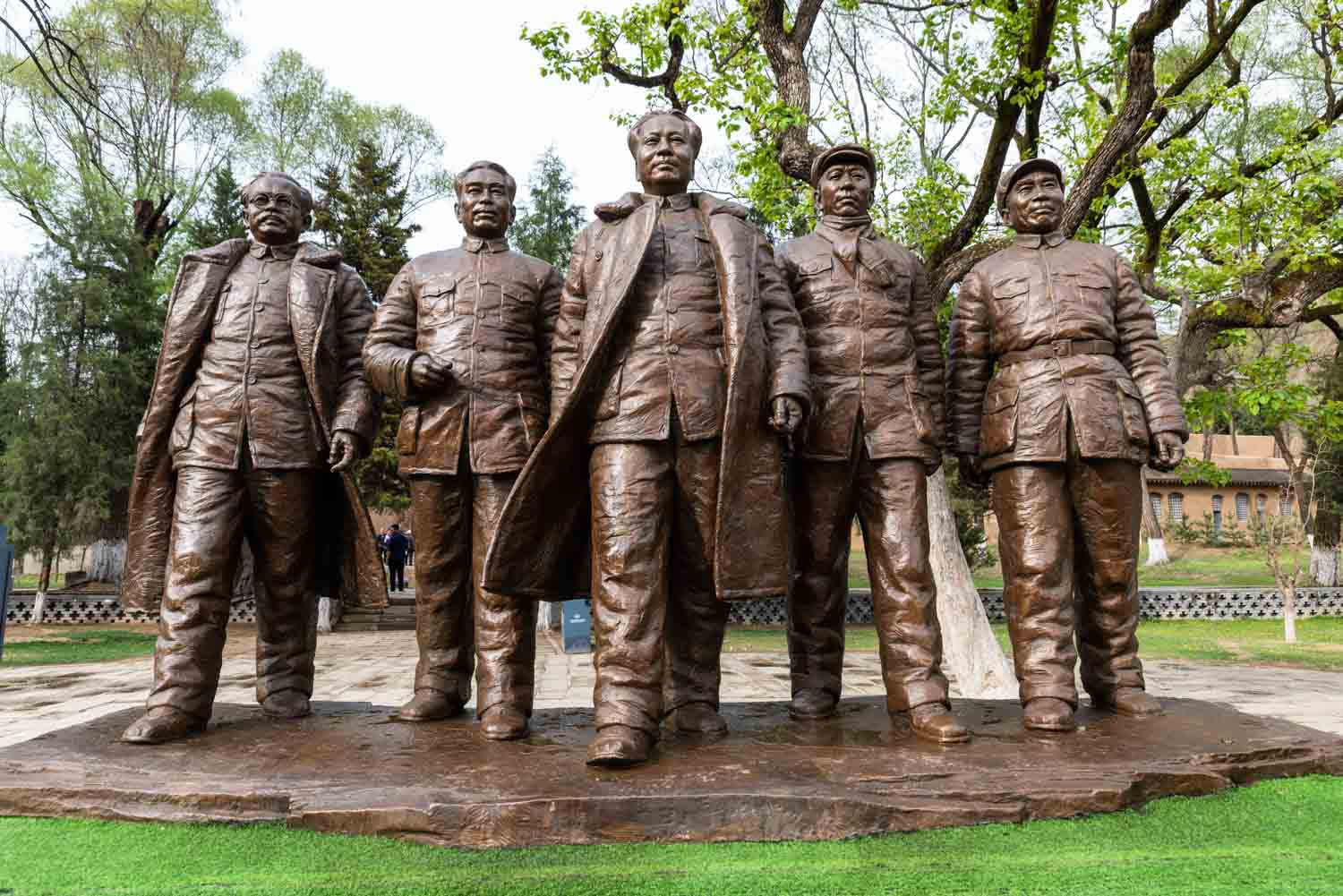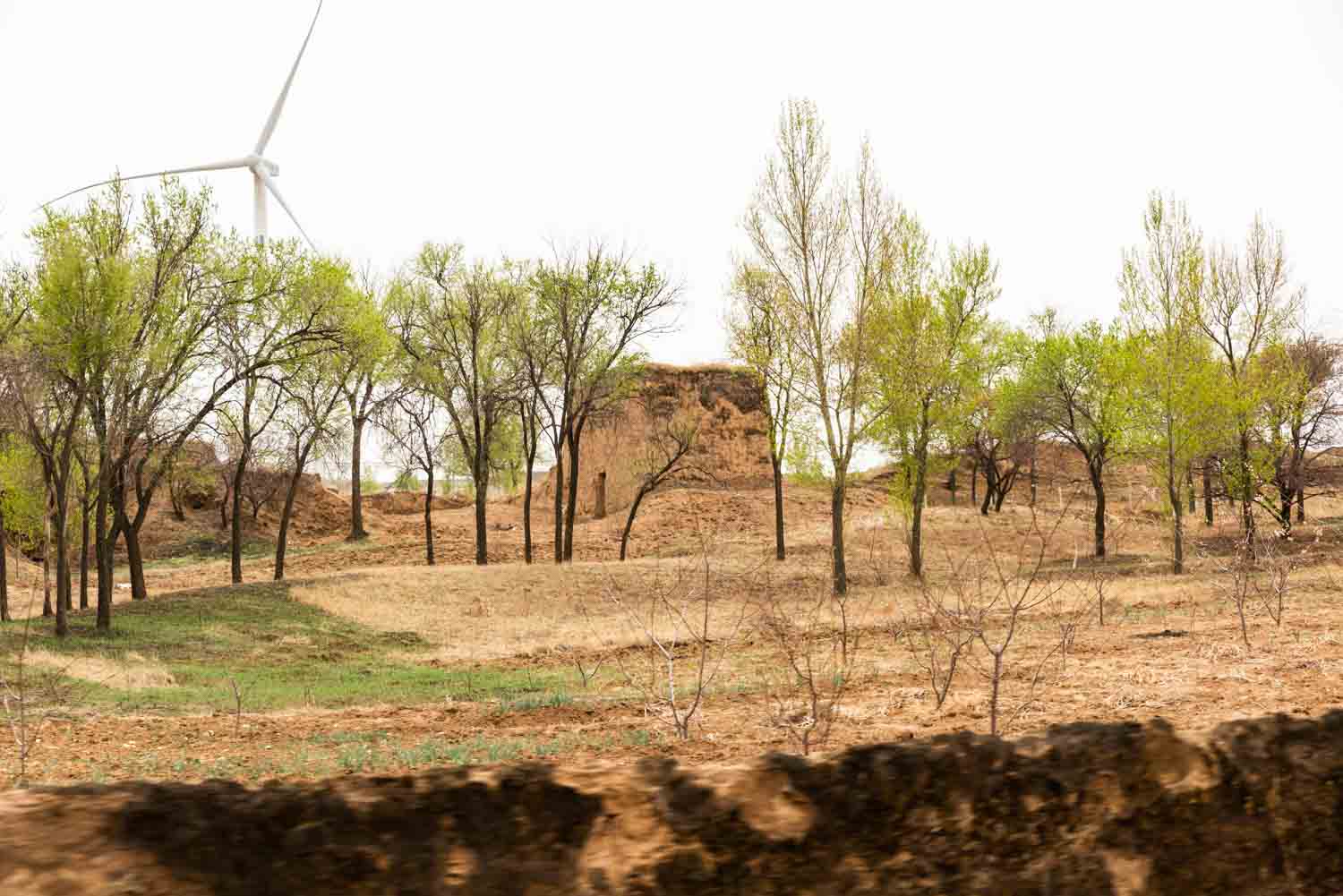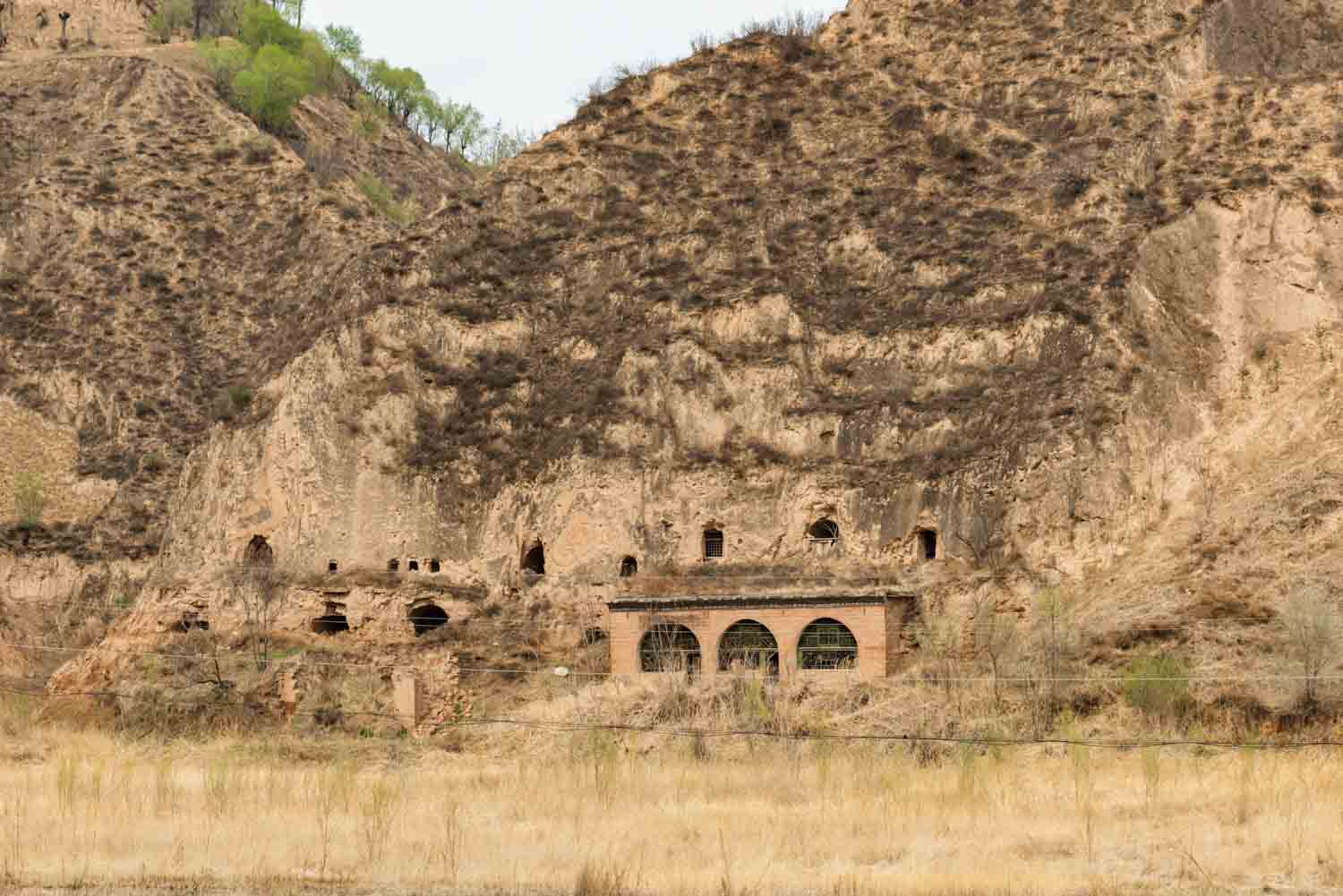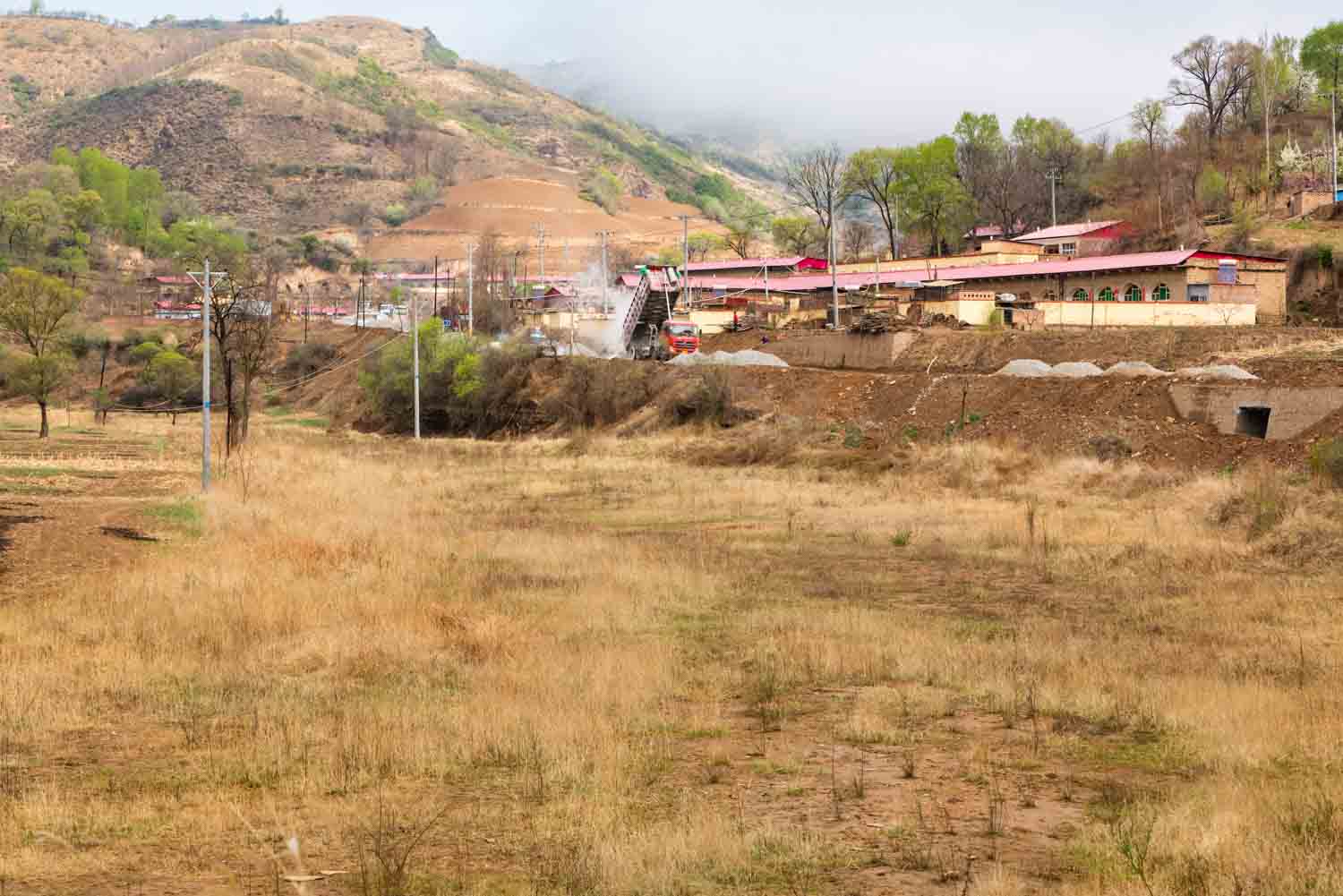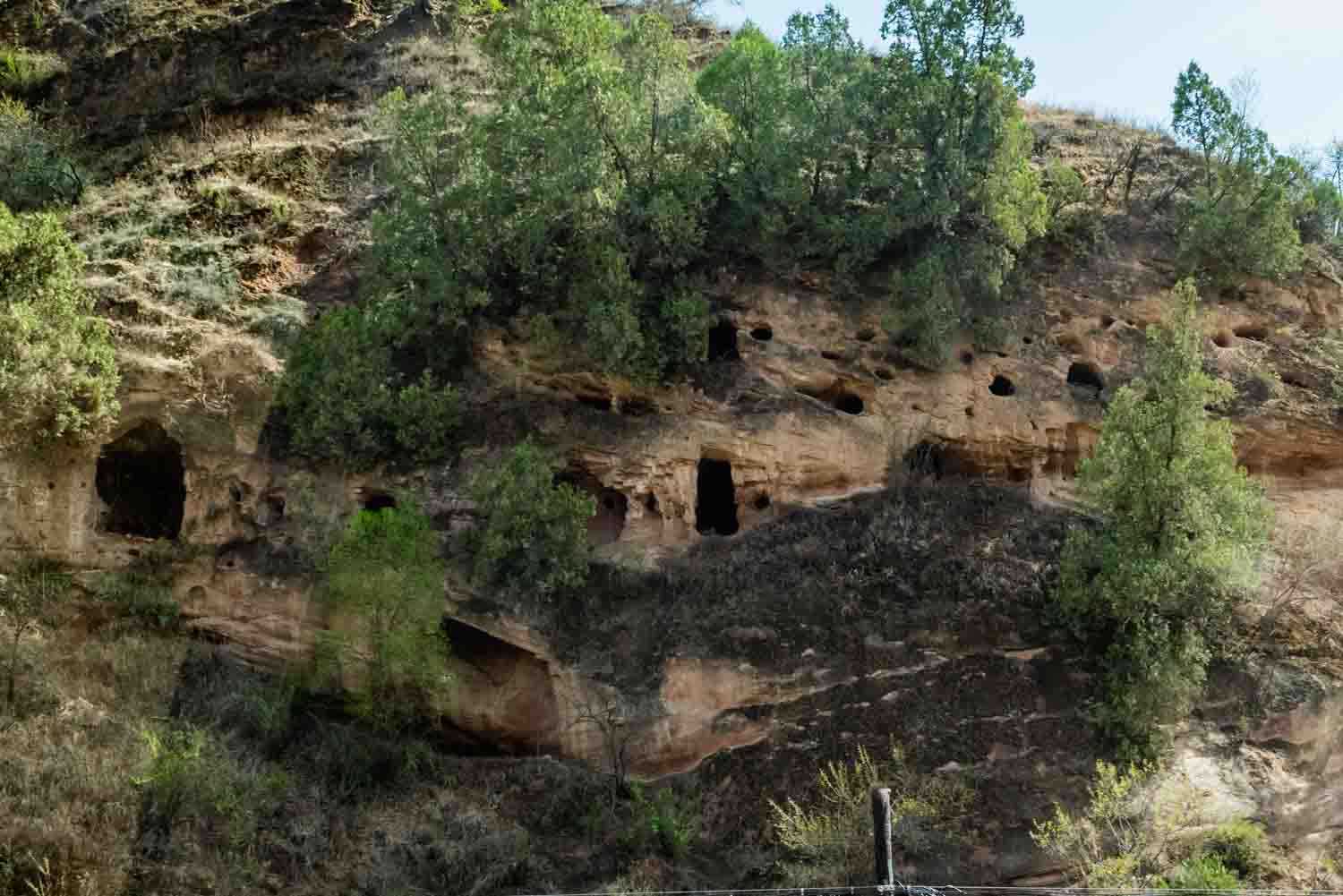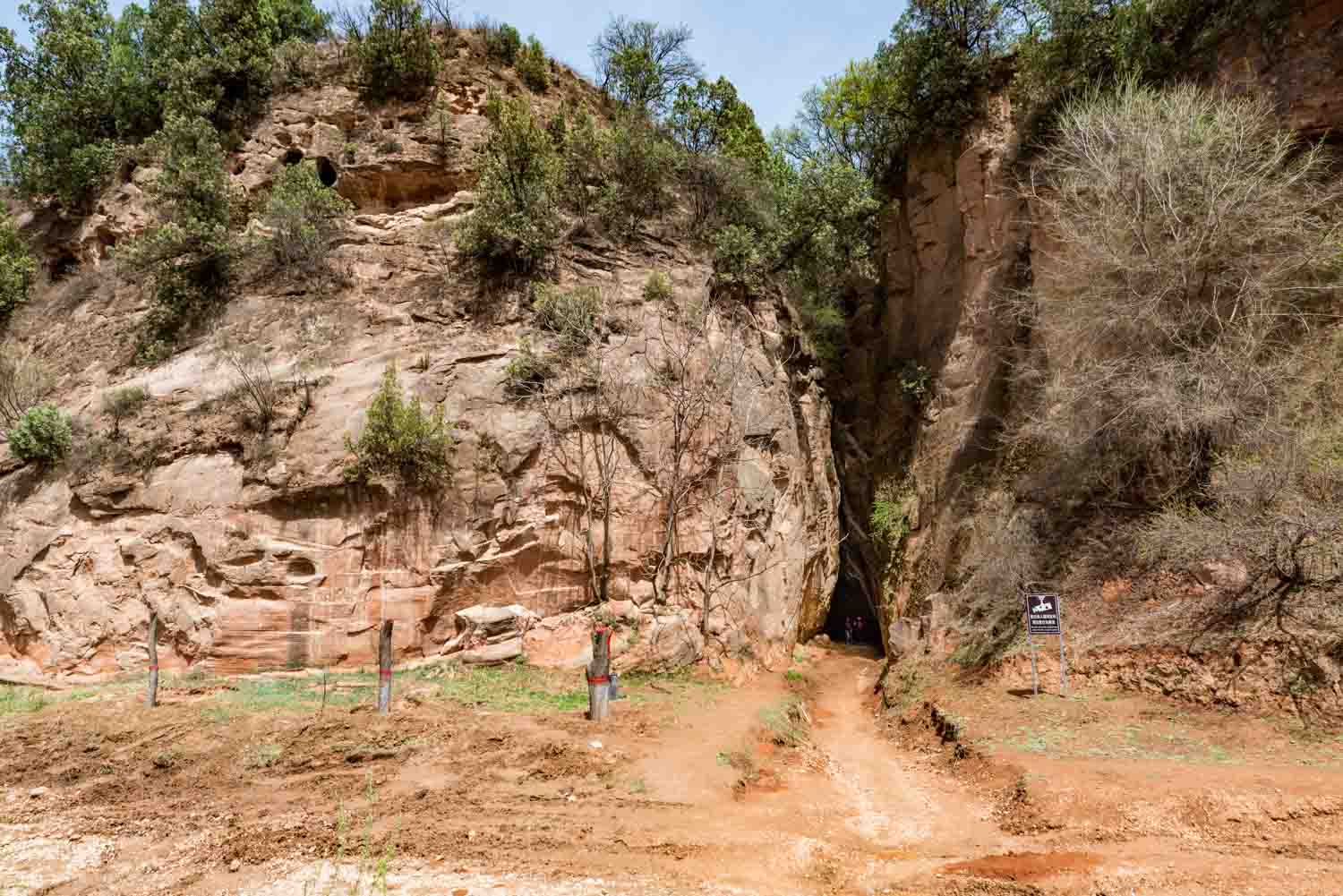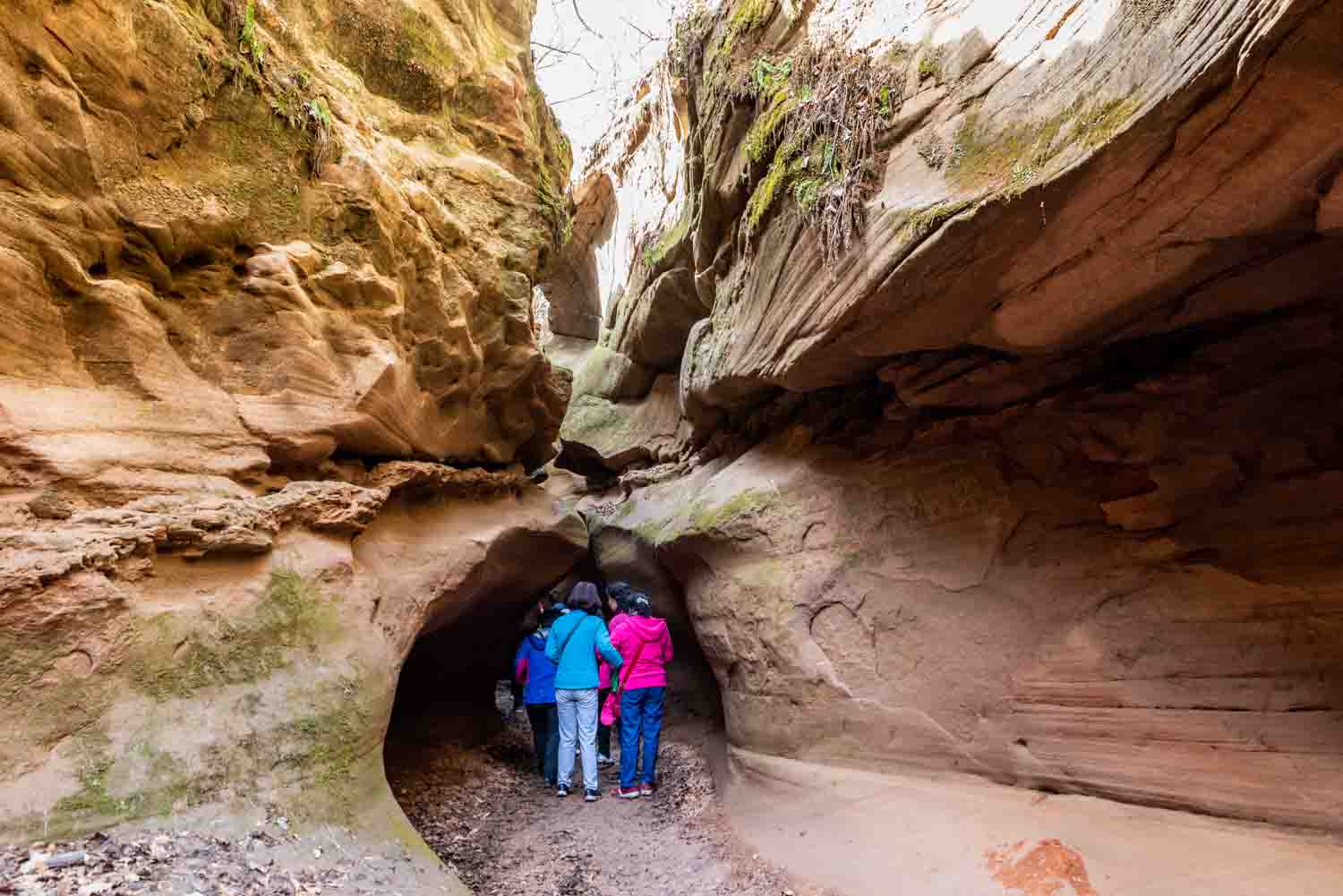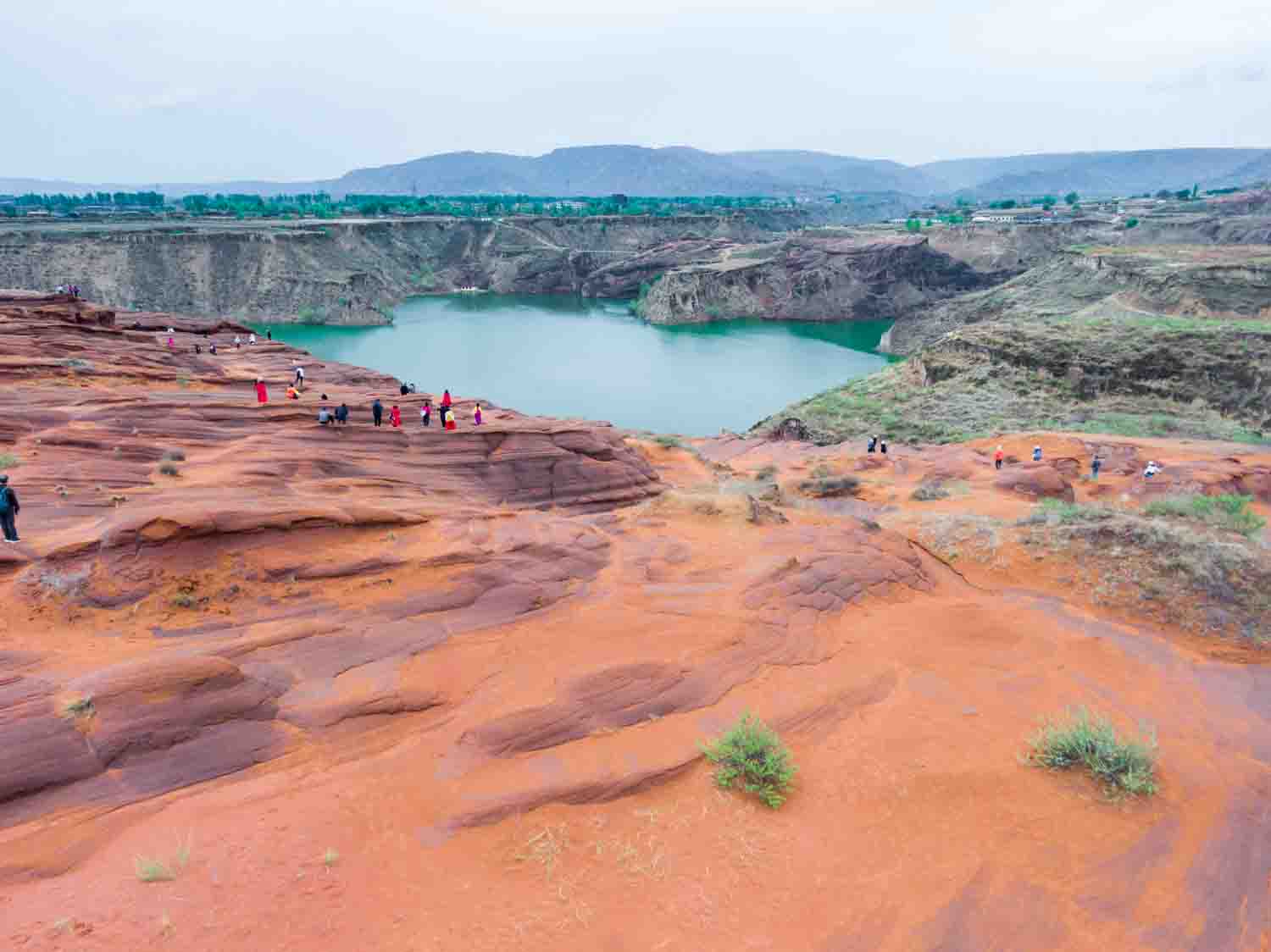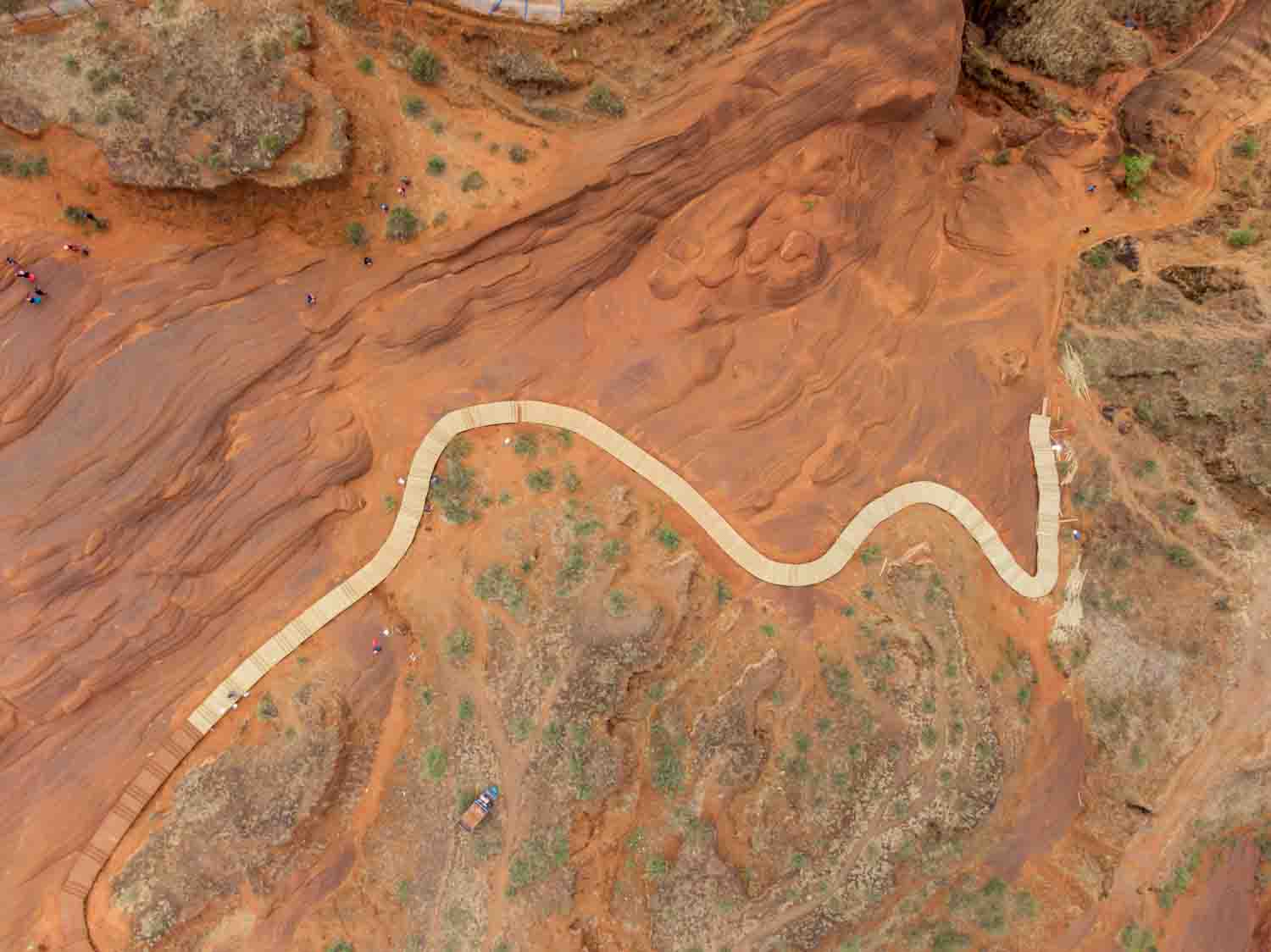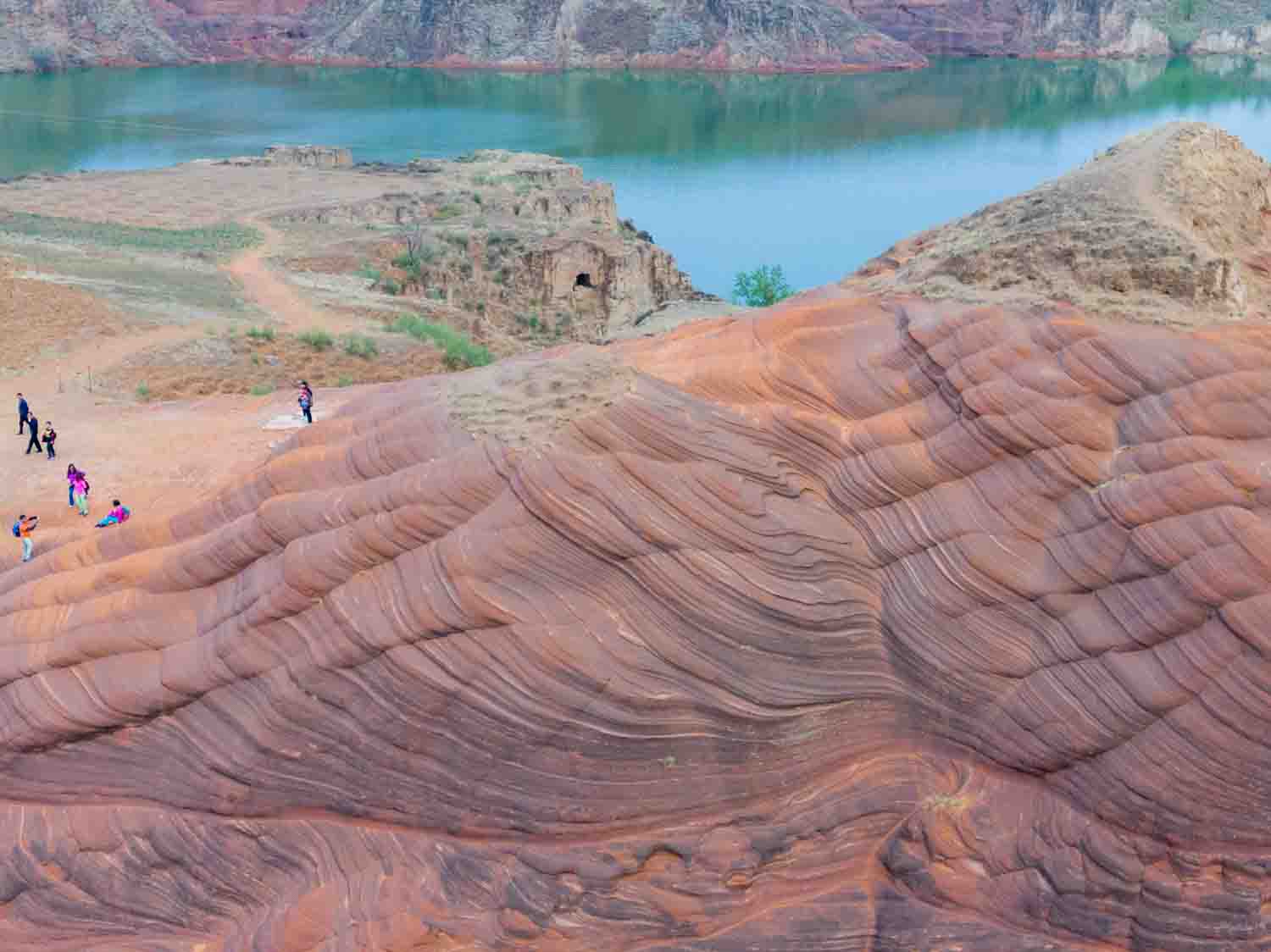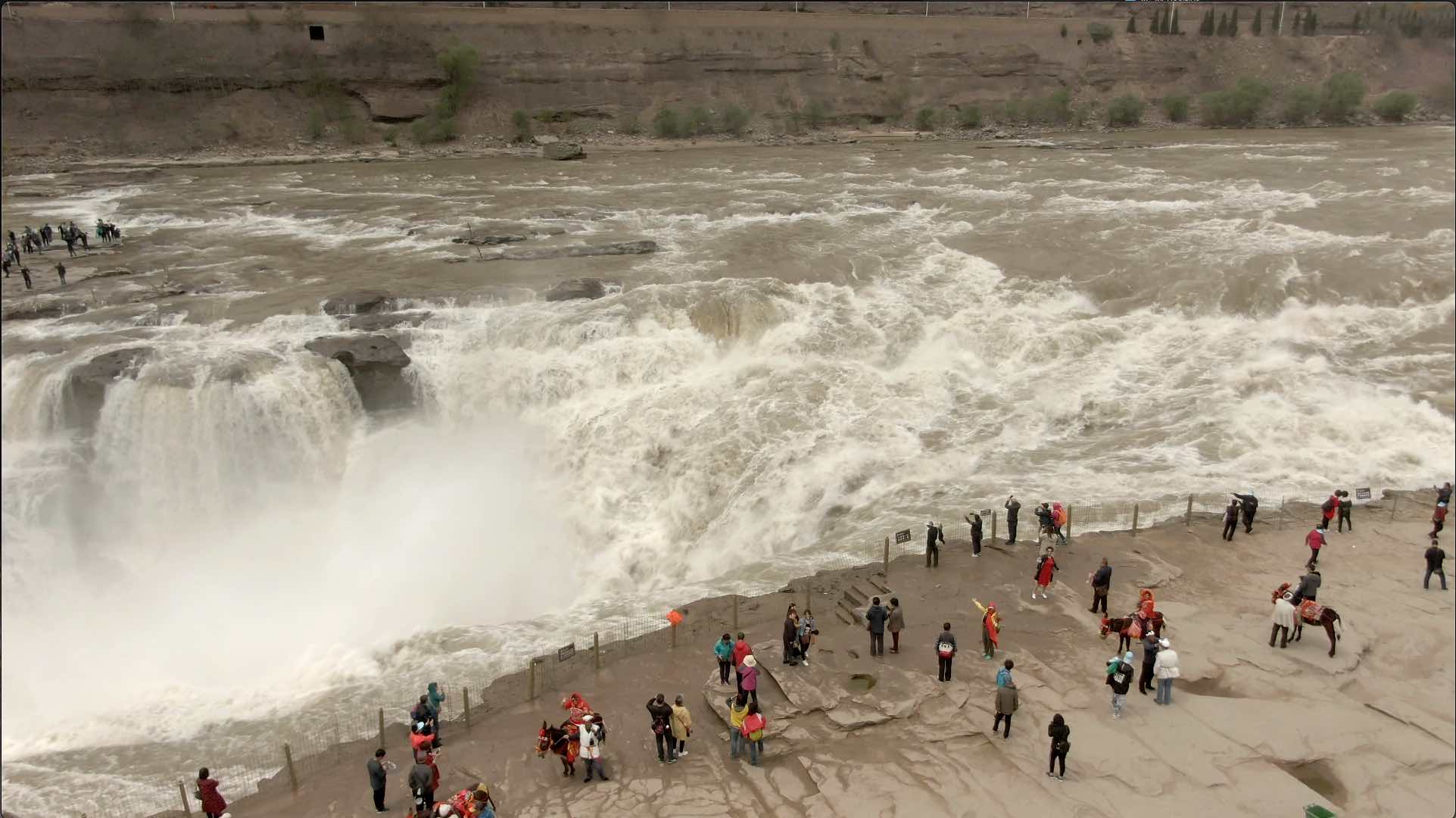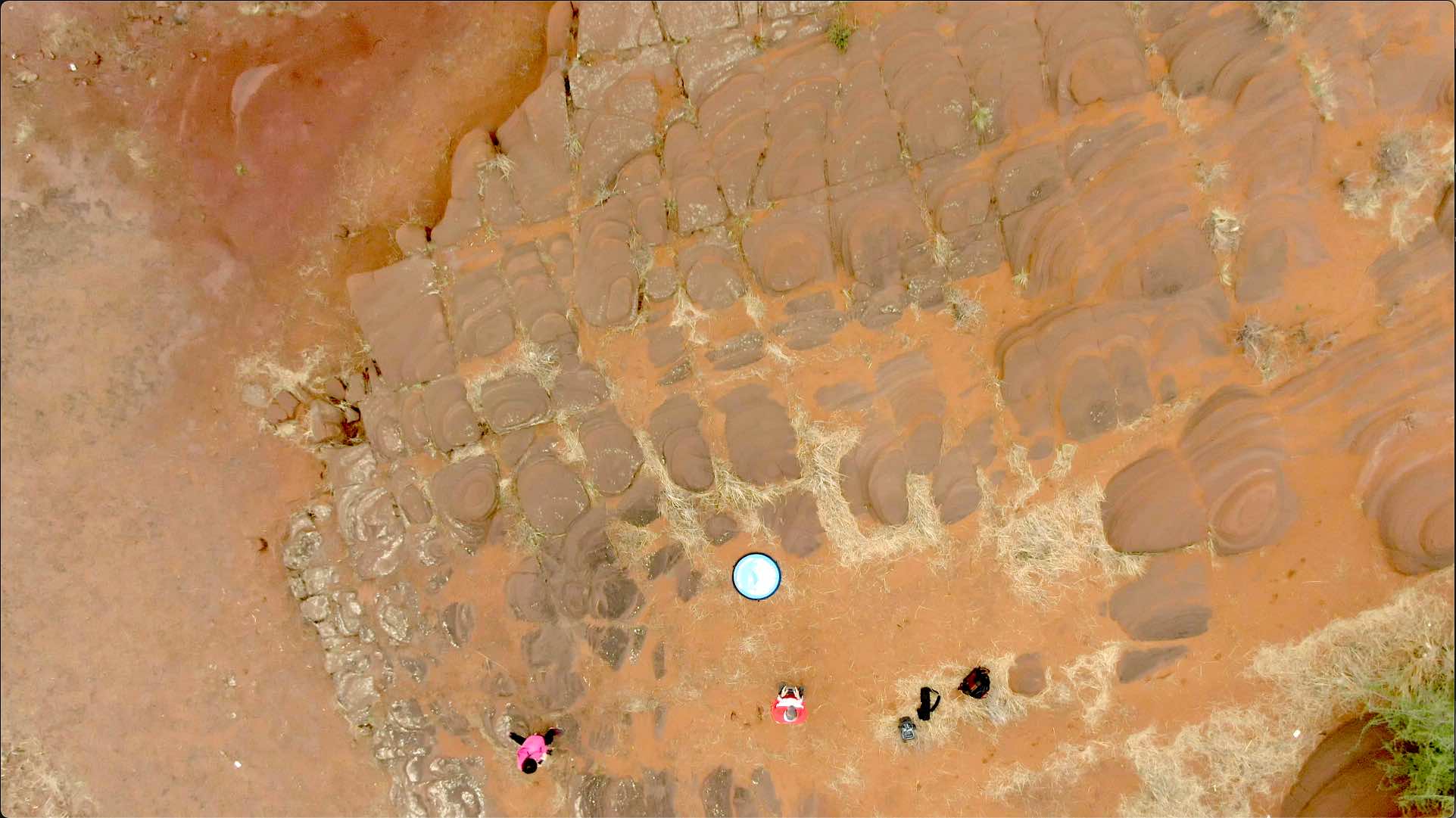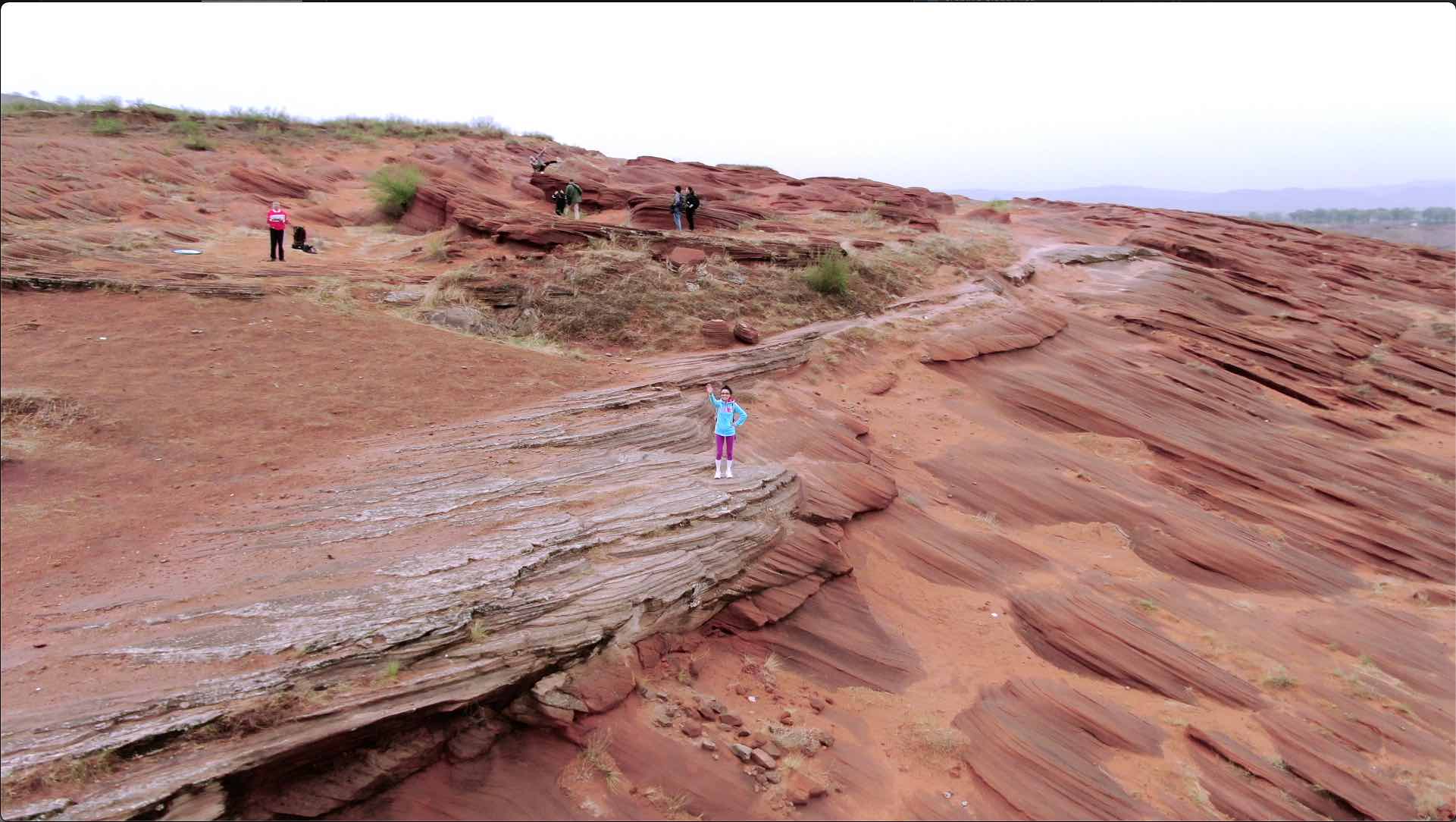Explore a China many have not seen
陕西 Shaanxi "West of the Shan [plateau]"
The name of the province, 陝西, means "West of the Shan [plateau]". The territory of Shaanxi actually begins 60 km west of Shan plateau (陝塬, now 張汴塬 Zhanbian plateau). Shaanxi is considered one of the cradles of Chinese civilization. Thirteen feudal dynasties established their capitals in the province during a span of more than 1,100 years, from the Zhou dynasty to the Tang dynasty.
The pronunciation of 陝西 and its neighboring province 山西 causes confusion in some non-native languages. To us foreigners it sounds the same. Standard Beijing Mandarin pronounces both as /ʂan ɕi/ with a different tone, which means their spelling in Beijing-based pinyin differs only by tone marks. The State Council has adopted the Gwoyeu Romatzyh romanization, spelling of 陝西 as "Shaanxi" while the neighboring province of 山西 is spelled as Shanxi.
The province's principal city and current capital, Xi'an, is one of the four great ancient capitals of China and is the eastern terminus of the Silk Road, which leads to Europe, the Arabian Peninsula and Africa. My first visit to the province was to Xian in 1984.
Explore the Various Sights of Shaanxi
Xi'An 1984 西安
My first trip to Xi'An from Beijing in 1984 was very memorable. Unfortunately, the photos from our family trip in 2013 were lost when my hard disk crashed. I was devastated. Thank God I still have a few of my 1984 photos. Be sure to read a few of the side story when you click through this short gallery.
Hukou Waterfall 壶口瀑布
The Hukou Waterfall壶口瀑布 is the largest waterfall on the Yellow River, the second largest waterfall in China (after the Huangguoshu Waterfall in Guizhou), and the world's largest yellow waterfall. The waterfall form a natural border between Shaanxi and Shanxi provinces.
Zaoyuan Revolution Former Site 枣园革命旧址
Zaoyuan was once the seat of the Secretariat of the Central Committee of the Communist Party of China October 1943 to March 1947. The scenic spots are now open to the small auditorium of the Secretariat of the Central Committee, Mao Zedong, Zhou Enlai, Liu Shaoqi, Zhu De, Ren Haoshi, Zhang Wentian, Peng De's nostalgia residence.
Great Wall Ruins 长城遗址
One site that we didn't even stop but drove by rather quickly was a section of the Great Wall. It isn't Badaling in Beijing, bu I would have love to have walked around it and taken close up photos. At least the guide did mention what it was. I can claim that I have seen the most western and eastern section of the Great Wall as well as the middle.
Explore Ganquan Yucha Grand Canyon 探索甘泉雨岔大峡谷"
China's Antelope Canyon 亚利桑那州的羚羊峡谷
Ganquan Grand Canyon, located in Yucha Village, Yanan City, northwest China's Shaanxi Province, is a slot canyon hidden on the Loess Plateau. Billions of years ago, an earthquake tore the land apart, and rains and floods in millions of years have eventually created “flowing” shapes in the red sandstone. It is also called Yucha Canyon by locals - yucha means "where the rainfall splits" in Chinese - was formed by the erosion of local Danxia sandstone, primarily due to flash flooding, over a period of 100 million years.
The Grand Canyon is naturally formed, known as the world's living Danxia and the valley of Chinese dreams. It has been referred to as China's Antelope Canyon. We were extremely lucky the day we visited. It had rained very hard the days before and caused flash flooding in the canyon so it was closed. We had a good day, but part of the canyon floor still had some water. Nothing we couldn't climb over. There are six different gorges that can be visited in the area. We only visited three: Mudangou (Peony Gorge) 牡丹沟; Yixiantian (“one line sky”) 一线天; Longba Gorge 龙巴沟. While the gorges have a similar look, each of these gorges offer unique rock formations. When we visited in April, 2019, the area was on a massive renovation to make it more accessible and attractive. The time we visited, it was still relatively unknown.
How the canyon became famous
The canyon earned overnight fame as "China's Antelope Canyon" after Chang Bo's photos went viral online in 2017. It was beyond Chang's wildest expectations that his photos made such a difference to the people's lives there. He first visited the canyon when he was working as a welder in a local oil extraction plant in 2005. Chang felt his way through the eight slot canyons strung together in the meandering Ganquan Valley on the Loess Plateau, after a friend told him about this place of "unknown mysterious beauty". Chang uploaded the photos he shot of the canyon onto his blog, but few people saw them. But when he shared some of the photos on social media the year after, the images became an instant internet sensation - and evoked comparisons with Arizona's Antelope Canyon. This story is similar to how the Dongchuan Red Earth 云南东川红土地 in Yunnan became famous.
Guanquan Scenery 甘泉风景
Ganquan Tofu Town Hotel
Cliff Graves
Mudangou (Peony Gorge) 牡丹沟
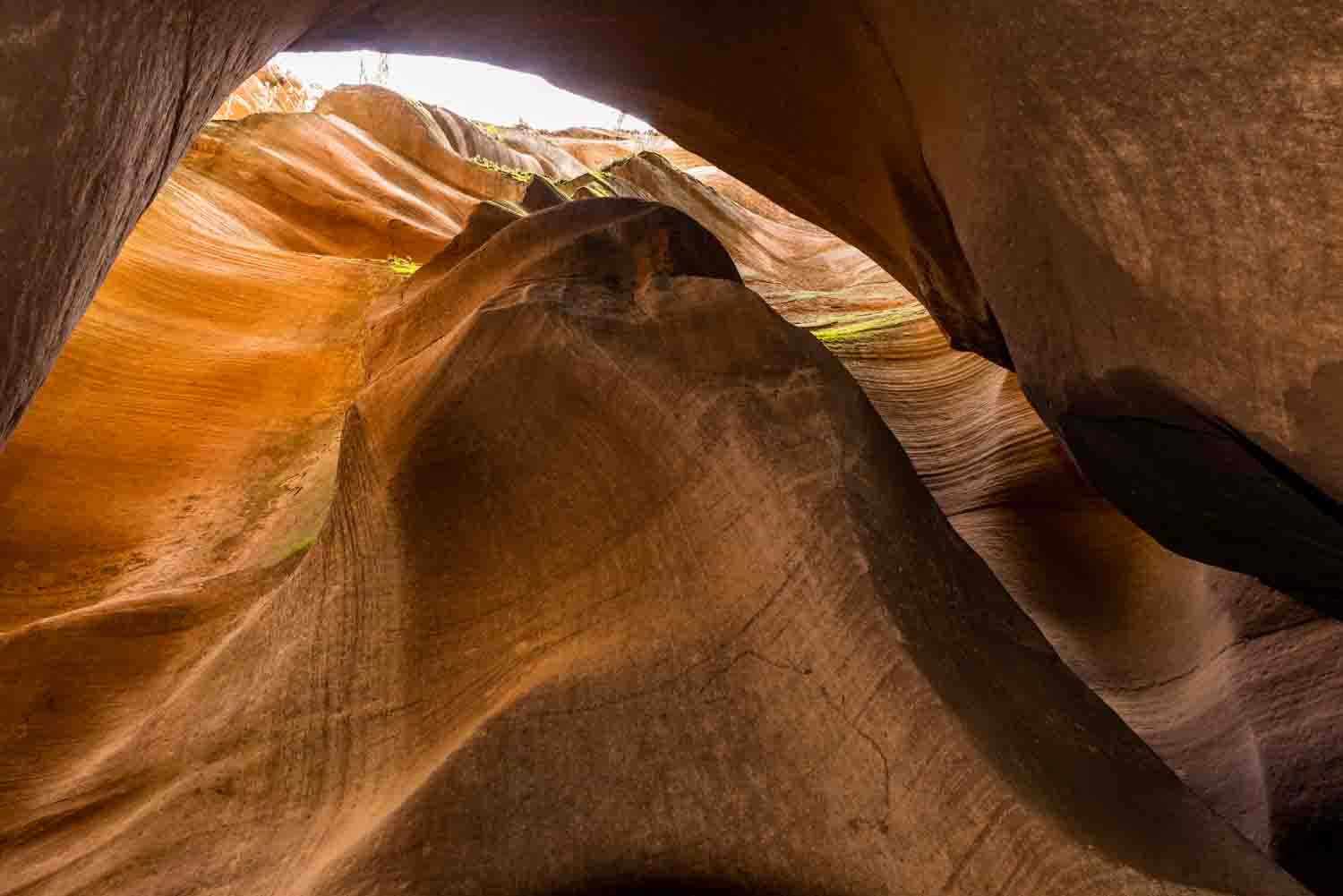
Mudangou (Peony Gorge) 牡丹沟
The origin of the name "Mudan Gorge" is because of the variety of peonies growing around the canyon. But you need to visit in season to see them. It is the smallest canyon of the group with less tan 100 meters in length and about a meter wide. The sandstone in the canyon is unique in shape, and the light and shadow are unpredictable.
Yixiantian “One Line Sky” Gorge 一线天沟
Longba Gorge 龙巴沟 Section 1
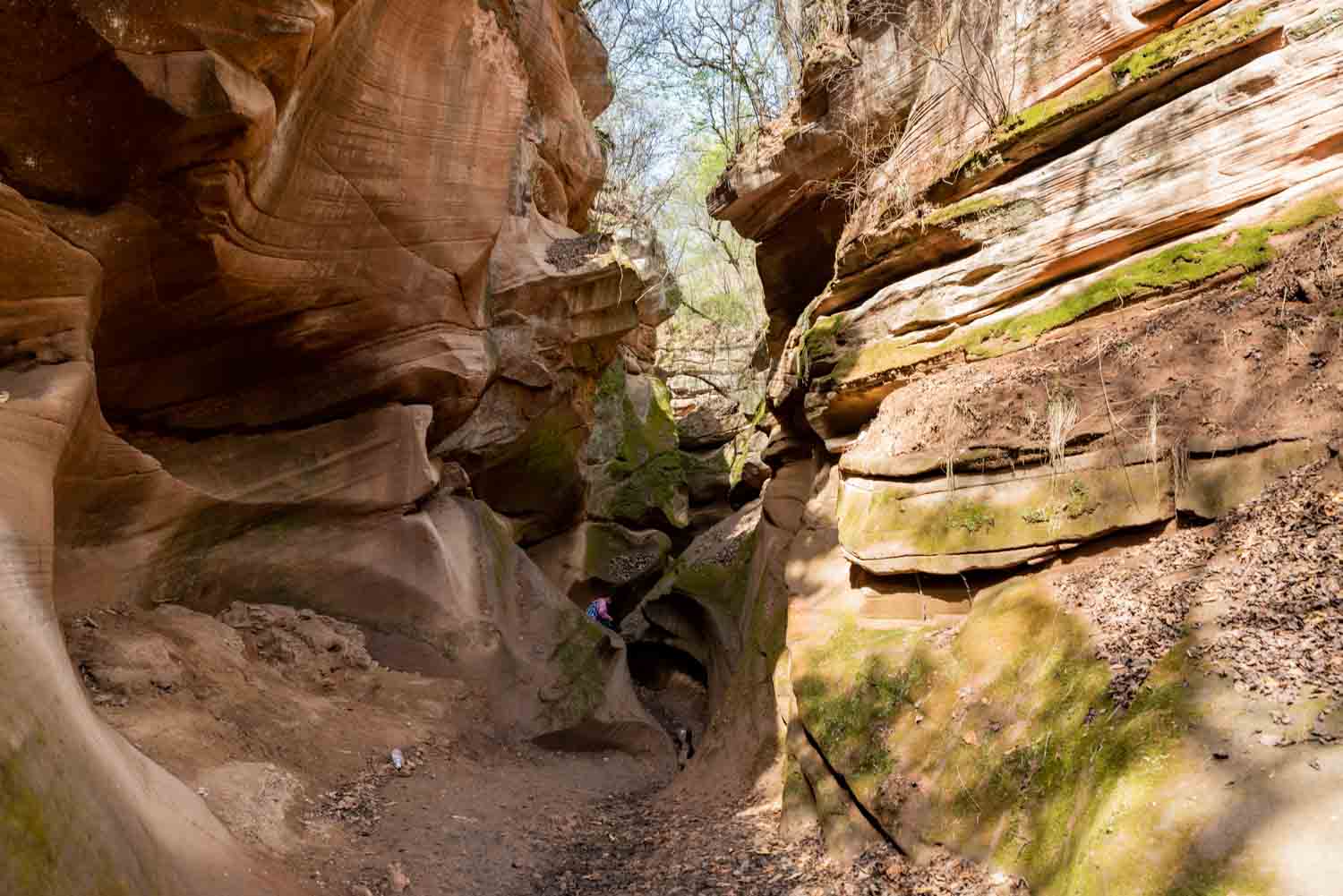
Longba Gorge 龙巴沟
The longest of the gorges at 2.5 km. There are two sections. In the middle there is an exit that people who have had enough squeezing and climbing through the gorge can take to get out. From there, it is another 1.5 km. We went to the end where we had most of it to ourselves. It was so narrow at times that I had to take off my backpack and slither through it. The day before it was closed due to heavy rain and flash flooding.
Shaanxi’s Red Wave: China’s Wave in Arizona
The Chinese refer to their country's sandstone and conglomerate rock formations as "Danxia landforms." Several parks in China's southeast, south, and northwest protect these eroded sandstone formations.
In Jingbian county of southwest China's Shaanxi Province, there is a magnificent undiscovered virgin land, which rivals the Wave in ArizonaThe Danxia landform there composed a spectacular and unique scenery. Some people call it the Wave of China; some call it Hongshamao, and some call it the red sandstone valley. The name of this land, which is under the protection of the government and being developed, has not been decided yet.
At the time of our visit the area was still underdeveloped. We visited three areas that were open. By now, there are newer viewing platforms and areas tha have been opened.

